Product placement, the strategic integration of branded products into various forms of media, is not a new phenomenon. In fact, examples of product placement can be traced back to ancient times, where merchants and craftsmen cleverly found ways to promote their goods. Let’s explore some notable examples of early product placement and how they influenced consumer behavior.
“The Pickwick Papers” by Charles Dickens and Guinness Beer
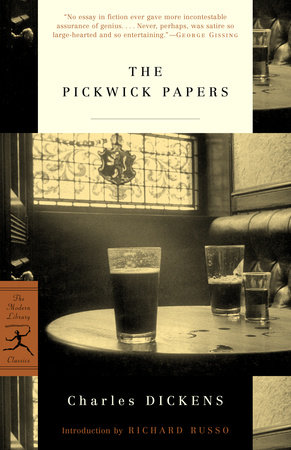
One of the earliest documented cases of product placement can be found in the 1896 novel “The Pickwick Papers” by Charles Dickens. Surprisingly, this classic work of literature contained a mention of the brand Guinness, making it the first documented case of product placement in the world. This placement allowed Guinness to gain exposure to a wide audience and establish its brand presence even in unexpected contexts.
“The Garage” Film With Firestone
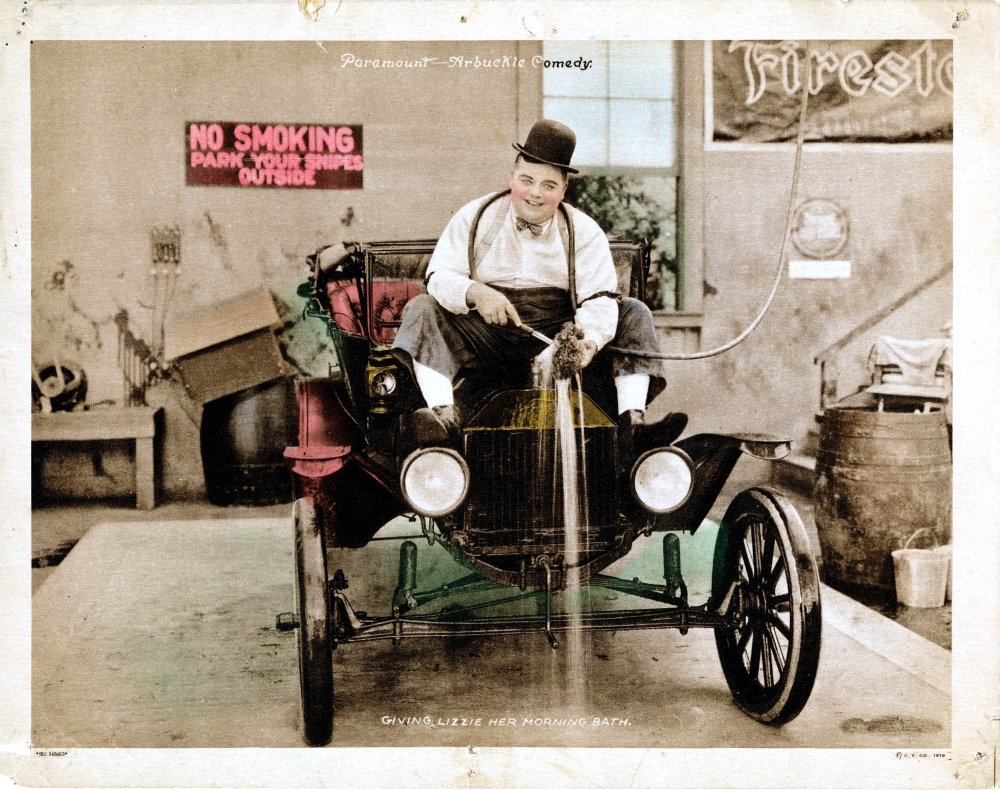
Fast forward to the early days of cinema, and we find another intriguing example of product placement. The 1920s film “The Garage” prominently featured a sign for Firestone tires on the wall of an auto shop, as well as constant appearances of Red Crown Gasoline throughout the film. These subtle placements effectively exposed viewers to these brands and associated them with automotive reliability and fuel efficiency.
“Wings” Film with Hershey’s Chocolate
The film industry continued to embrace product placement, with the 1927 Academy Award-winning film “Wings” taking it to new heights. This film featured several shots of Hershey’s chocolate bars, and the inclusion of these recognizable treats in the movie played a role in increasing brand visibility and driving consumer interest.
ExxonMobil and Archie comic book
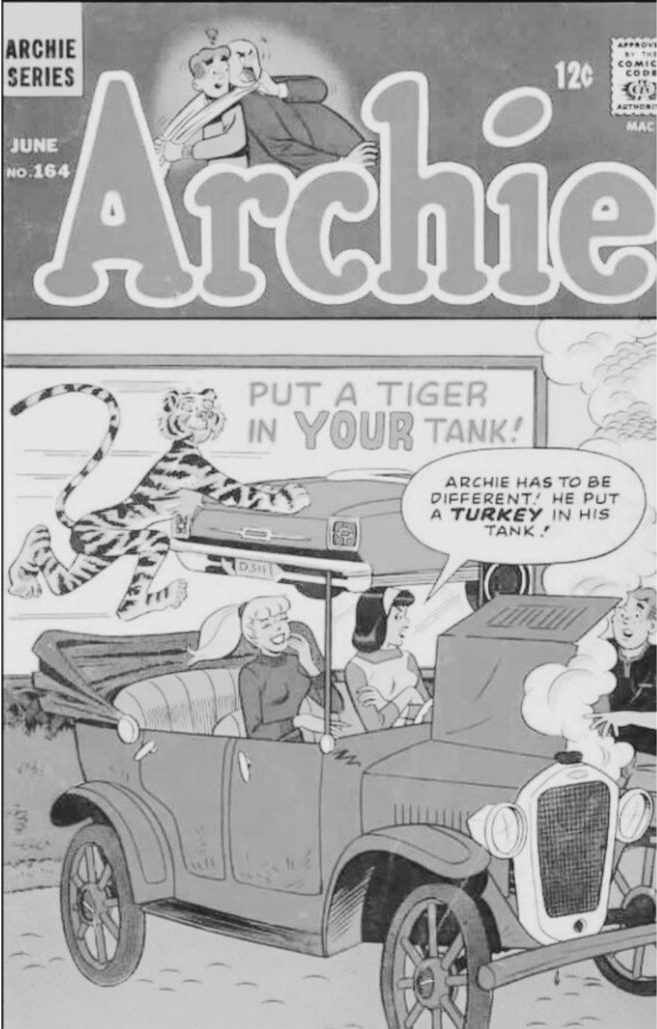
One notable example of early product placement can be seen in the story of ExxonMobil, formerly known as Esso, and its famous tiger mascot on the Archie comic book.
In 1959, Esso introduced its tiger mascot in the United States. This friendly and charismatic tiger quickly captured the attention and imagination of the public. However, it was in 1964 that the tiger truly made its mark on popular culture with the launch of the iconic “Put a Tiger in Your Tank” ad campaign. The campaign featured the tiger as a symbol of power, energy, and vitality, encouraging consumers to fill up their tanks with Esso’s gasoline.
“A Clockwork Orange” Film with Milk Board’s product
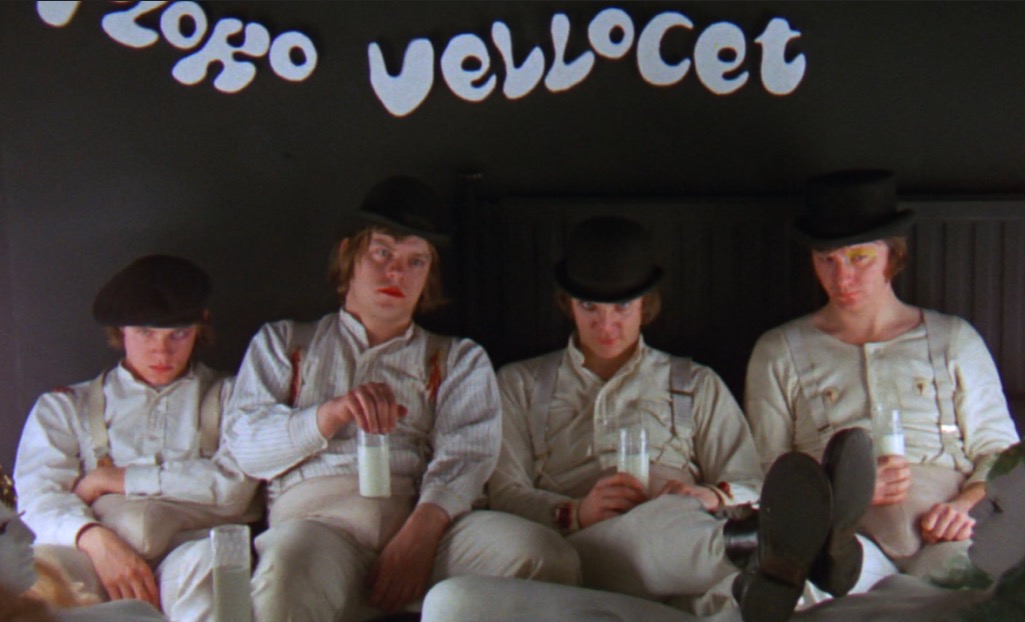
Moving ahead a few decades, the 1970 film “A Clockwork Orange” pushed the boundaries of product placement. In this dystopian film, the main character consumed milk laced with drugs, effectively showcasing the Milk Board’s product in a unique and memorable way. While controversial, this form of product placement succeeded in creating a lasting impact on viewers and associating the brand with the film’s themes.
“E.T. the Extra-Terrestrial” Film with Reese
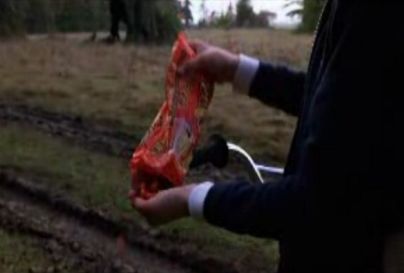
Finally, we come to the beloved 1982 film “E.T. the Extra-Terrestrial,” which featured a memorable instance of product placement. In the movie, the character Elliott uses Reese‘s Pieces to lure the friendly alien E.T. This placement had a significant impact on Reese’s Pieces sales, with a notable increase following the film’s release. It’s important to mention that M&M’s declined to participate in this movie. This example highlights how product placement can directly influence consumer behavior and generate substantial commercial success.
This ancient example of product placement demonstrates the innovative strategies employed by businesses long before the advent of modern advertising techniques. Product placement has evolved significantly since those early days, with brands now seamlessly integrating their products into movies, TV shows, music videos, and even social media platforms. However, it is fascinating to look back and see how ancient civilizations and early businesses utilized similar tactics to promote their goods.
Today, product placement has become an integral part of marketing strategies, as brands seek innovative ways to connect with consumers. From subtle appearances of branded products in movies to overt endorsements by celebrities, product placement continues to play a significant role in shaping consumer perceptions and driving purchasing decisions.
By adapting to the changing media landscape and embracing new opportunities, brands can continue to leverage product placement to captivate audiences, increase brand visibility, and ultimately drive sales.










